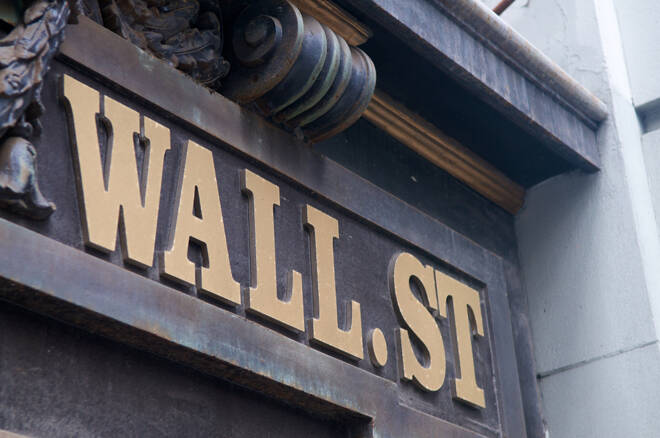Advertisement
Advertisement
BKF: A BRIC ETF to Diversify Globally
By:
What I like about BKF is that it provides a viable option to own the shares, albeit indirectly, of some of the world’s biggest companies
After experiencing whopping gains of 28% in the SPDR S&P 500 ETF (SPY), it is time to reduce your exposure to a richly valued fund that primarily provides exposure to the U.S high market cap space. Selling partly and at this juncture enables you to sell at high prices and collect cash.
Moreover, in the current low-interest environment where inflation is already eating up your disposable income, it becomes important to invest any excess cash into alternatives that are not correlated to the U.S. broader stock market. For those interested in global equities, they can choose the iShares MSCI BRIC ETF (BKF), which is down by 11.7% this year, and its downtrend as shown by the orange chart completely opposite to the S&P 500, in blue.
Source: Trading View
What I like about BKF is that it provides a viable option to own the shares, albeit indirectly, of some of the world’s biggest companies, and this, instead of having to painstakingly screen a long list of stocks and selecting those who have strong fundamentals. This work has already been done by the fund managers, iShares.
Thus, BKF provides exposure to companies in Brazil, Russia, India, and China, four major emerging market countries. For this purpose, it tracks the MSCI BRIC Index which is composed of Chinese stocks that are available to international investors as well as Brazilian, Russian, and Indian equities. It held 667 stocks as of December 23. Most important, its valuations as shown by its price-to-earnings ratio is17.49, lower compared to 22.31 for the SPY.
Thinking aloud, the negative correlation between BKF and SPY seems to be aligned with the idea of BRIC being perceived by some international experts as an emerging power that constitutes a sort of counterweight to the West, namely the U.S. and Western Europe.
Now, there are geopolitical factors like the tussle between the U.S. and China or sanctions imposed on Russia that affect the global balance of power, but BRIC countries, both with regards to the size of their combined population and the landmass they occupy, should play a more prominent role in the world economy.
The same should be the case with their publicly-listed corporations. These include big names like Jack Ma’s Tencent (OTCPK:TCEHY), Infosys (OTCPK:INFY), a software giant from India, Gazprom (OTCPK:GZPMF), Russia’s energy superpower, and Vale SA (VALE), materials play from Brazil.
Source: iShares.com
This said, with an overwhelming exposure to China, please do expect a lot of turbulence linked to the abrupt way in which regulations are enforced on publicly listed companies by the authorities in that country. Also, with more exposure to the secondary sector like manufacturing, BRIC members are more likely to be impacted by the price of raw materials.
There is also the uncertainty factor as economies around the world surf each Covid wave. Consequently, BKF should experience a higher degree of volatility than for the U.S. and European stock markets.
Still, Chinese companies should form part of any alternative strategy to build a robust worldwide portfolio that should do well even if U.S. large-cap growth decides to take a break. It is also important to choose a region in the world where there is stability and growth.
To this end, the People’s Bank of China (equivalent to the U.S. Fed) recently cut its benchmark lending rate cut from 3.85% to 3.8% for the first time in almost two years, in support of an economy showing some Covid strains as well as suffering from a property slump. This should help the overall Chinese economy.
Therefore, I expect BKY to flirt with the $50 level in 2022, or more than 10-11% upside from its current share price as some degree of market fatigue grasps U.S. markets with inflationary pressures gradually biting in next year.
Finally, unless you are a trader or hold a large percentage of BRIC in your overall portfolio, you should be fine with the daily volume of shares traded averaging only around 11K to 12K compared to approximately 8M-9M for the SPY. This is simply because BKF has much fewer assets than the mighty S&P 500 ETF.
On the other hand, I would pay more attention to BKF’s 0.70% expense ratio, which makes it one of the most expensive funds in its category, but this is largely covered by its dividend yield of 2.86%, with distributions to shareholders made two times per year.
About the Author
Chetan Wooduncontributor
Chetan Woodun has a Masters in Information Management and a Post Graduate Diploma in Business Management and Industrial Administration. He is certificated in Cloud, AI, Blockchain, IoT, Equity Finance, Datacenter and Project Leadership.
Advertisement
